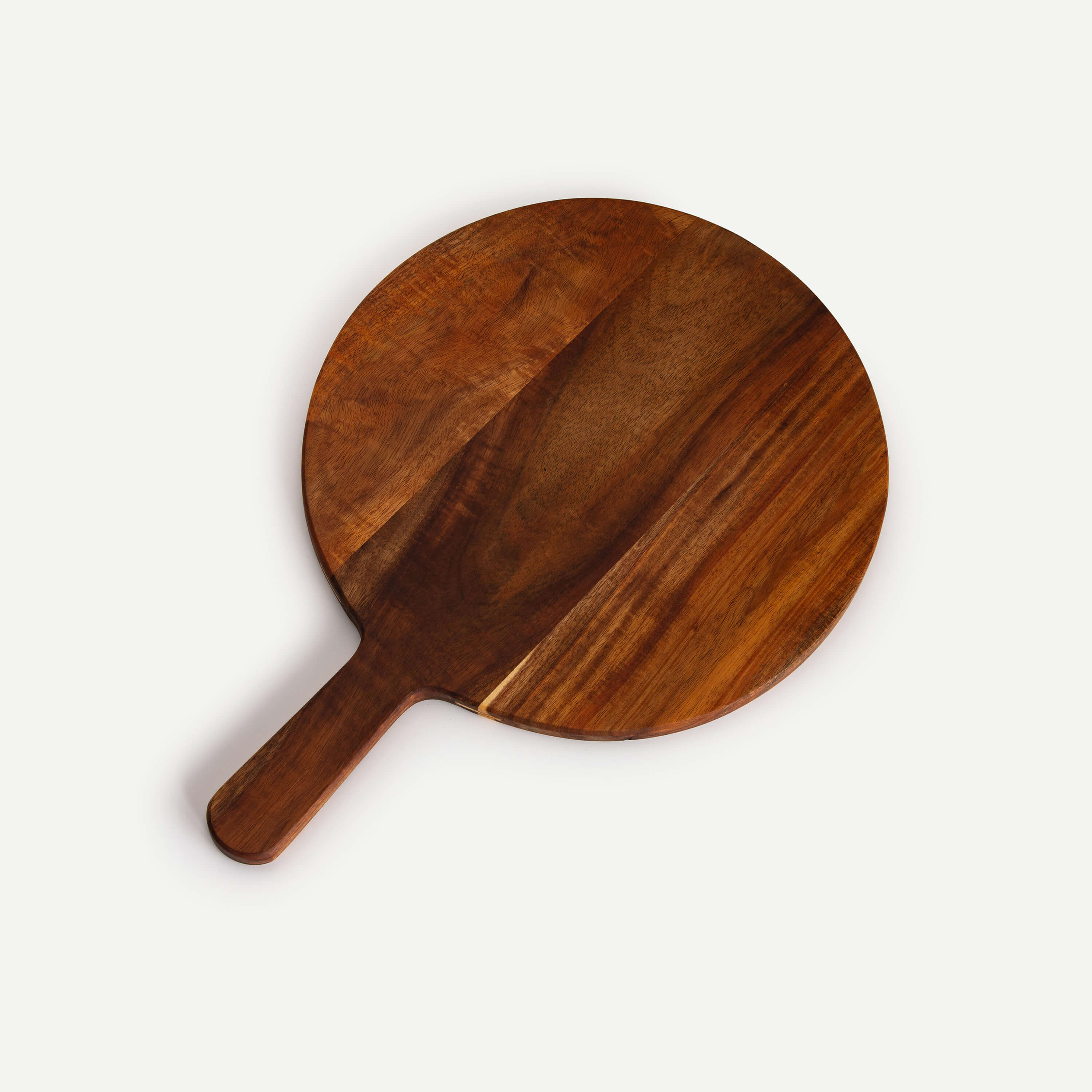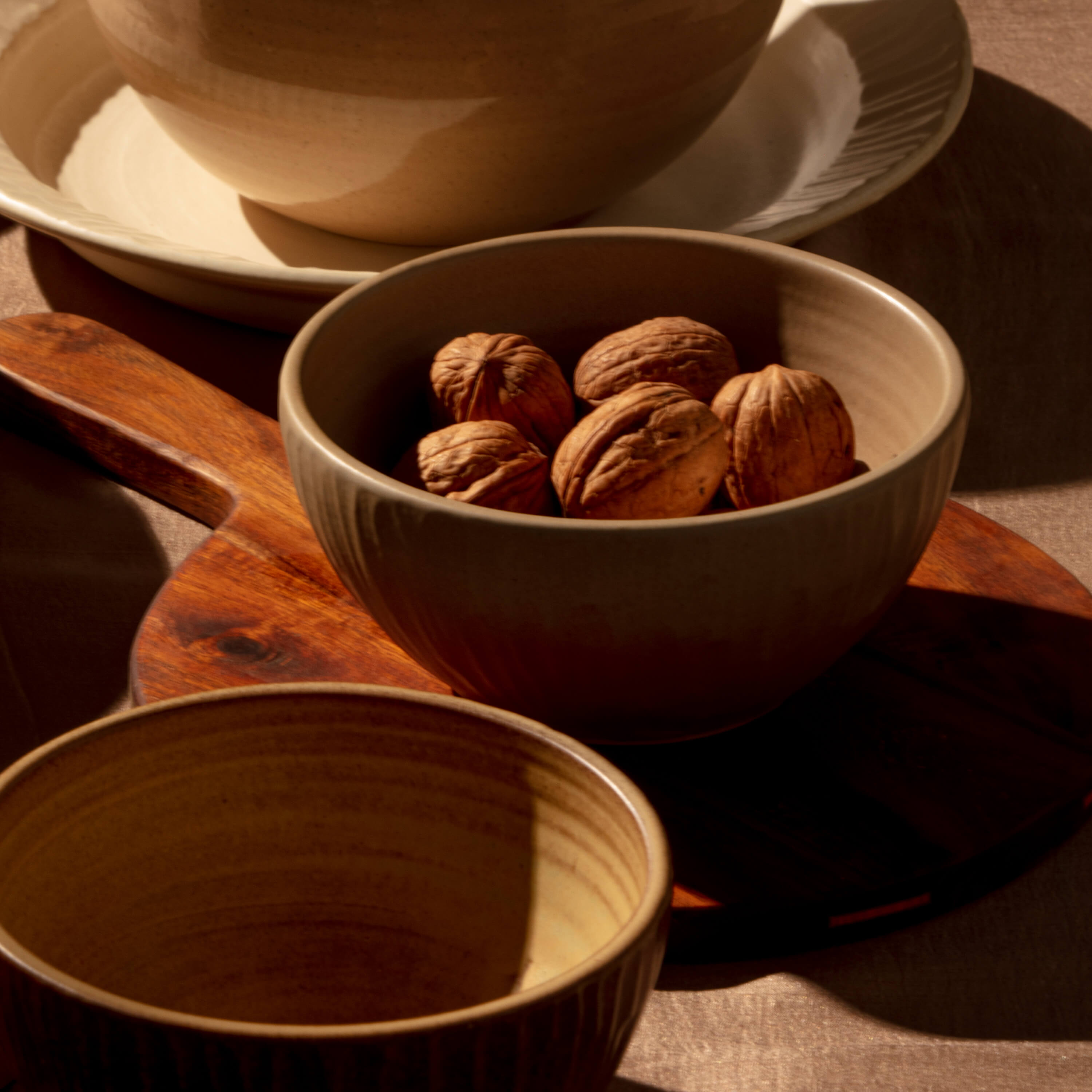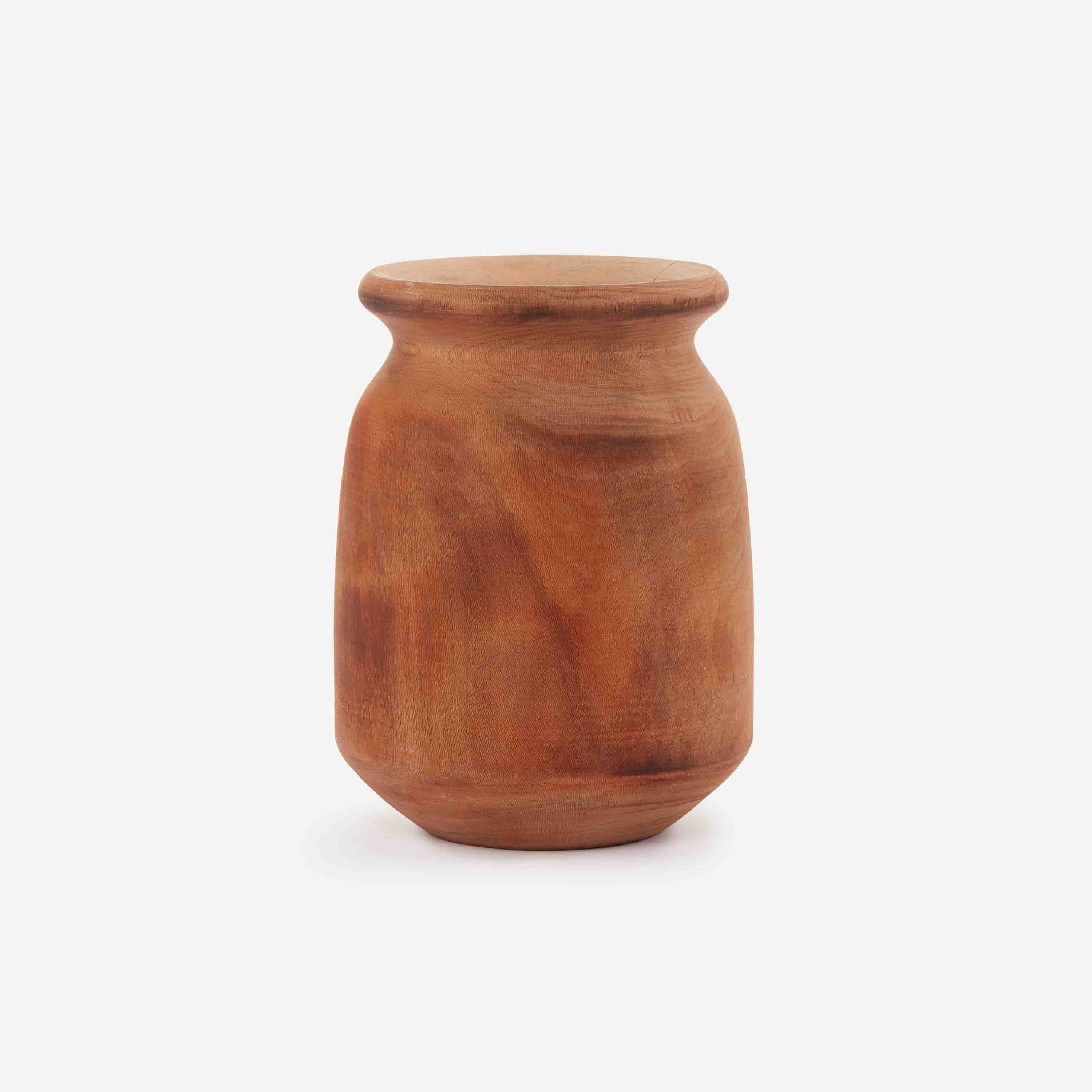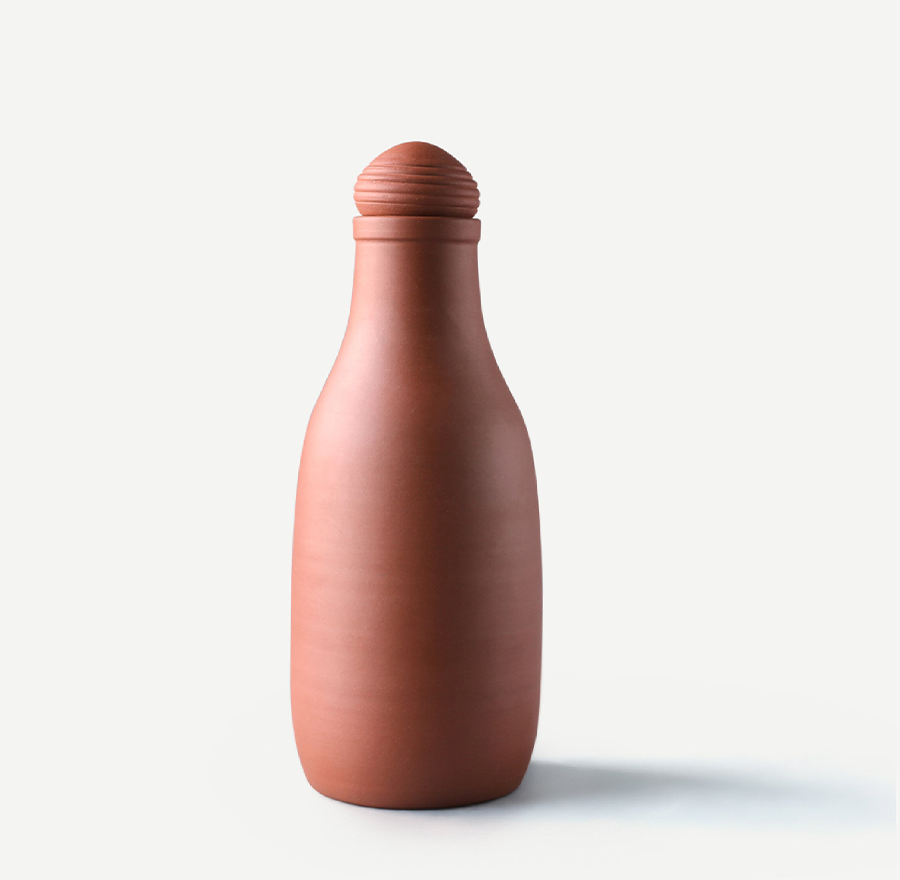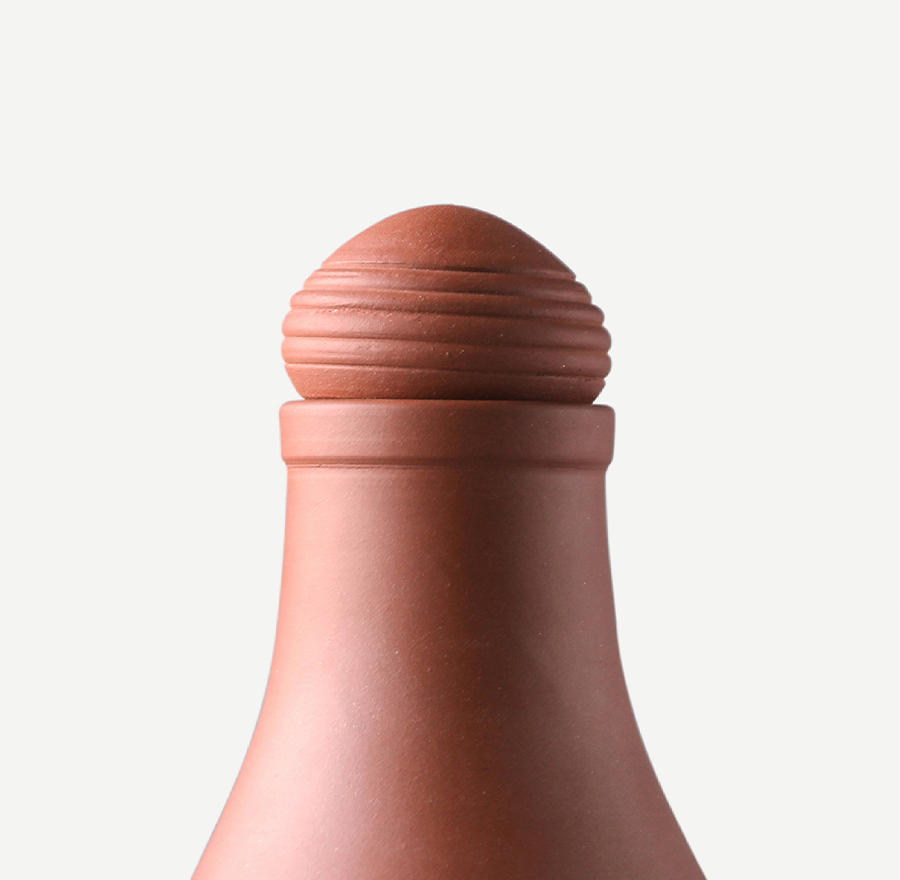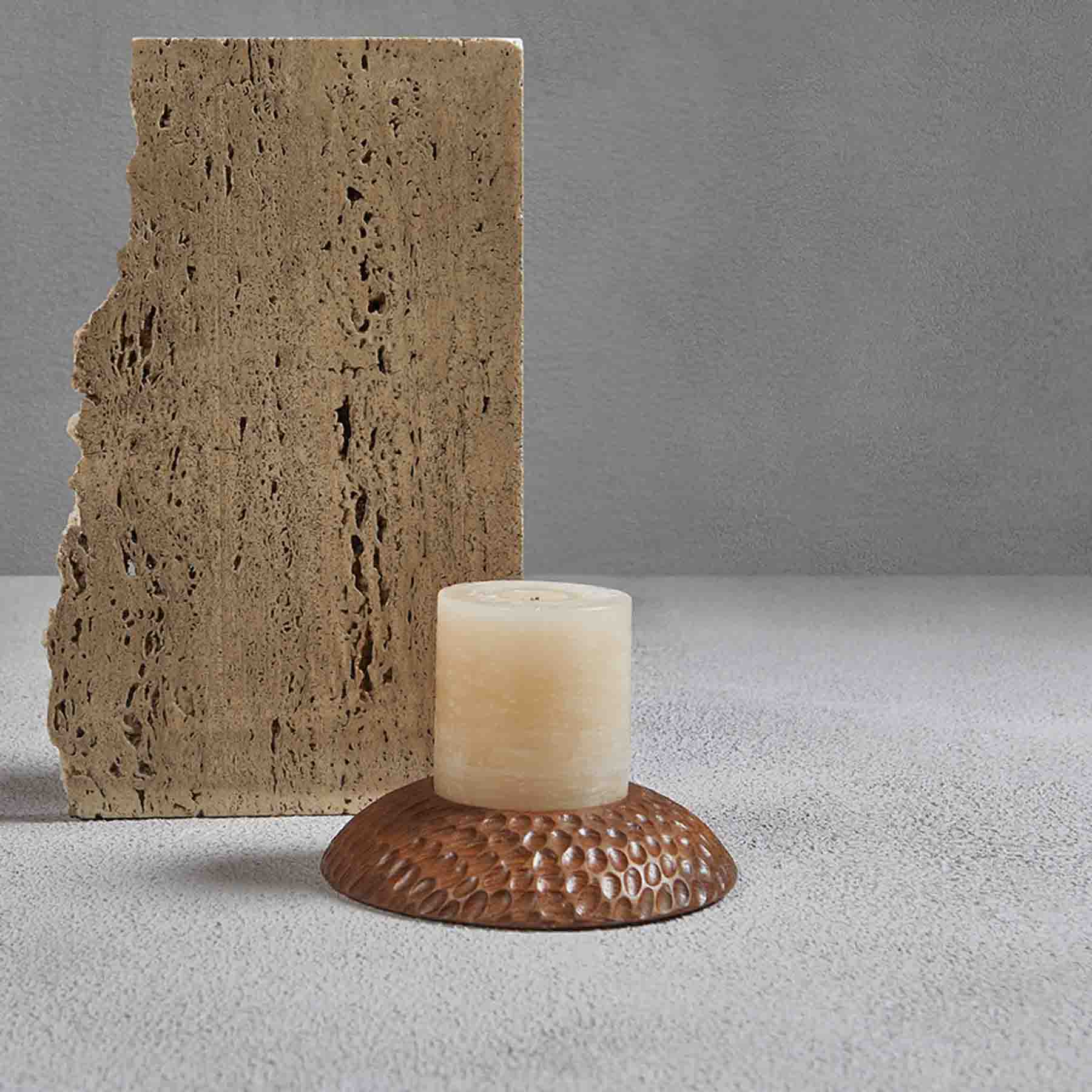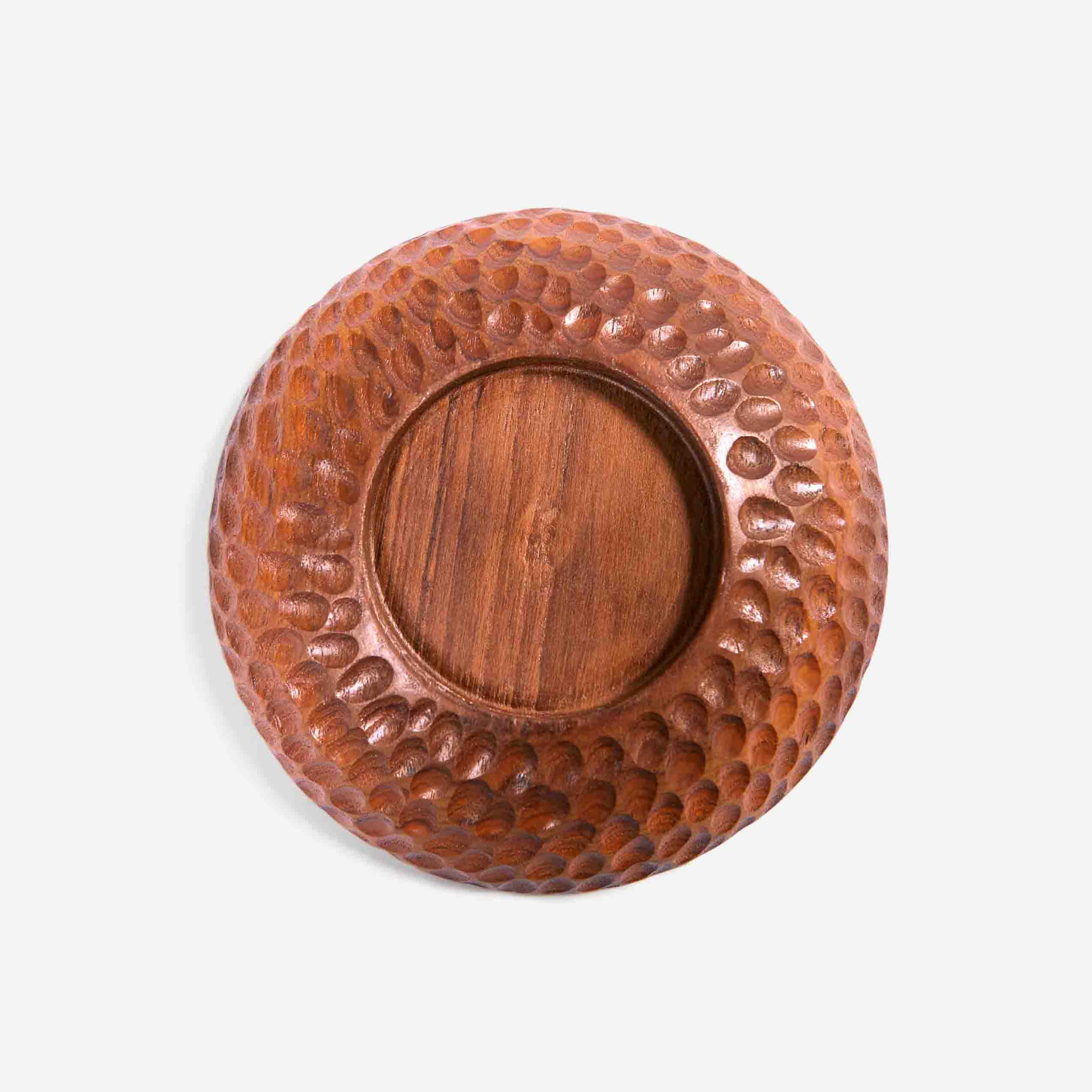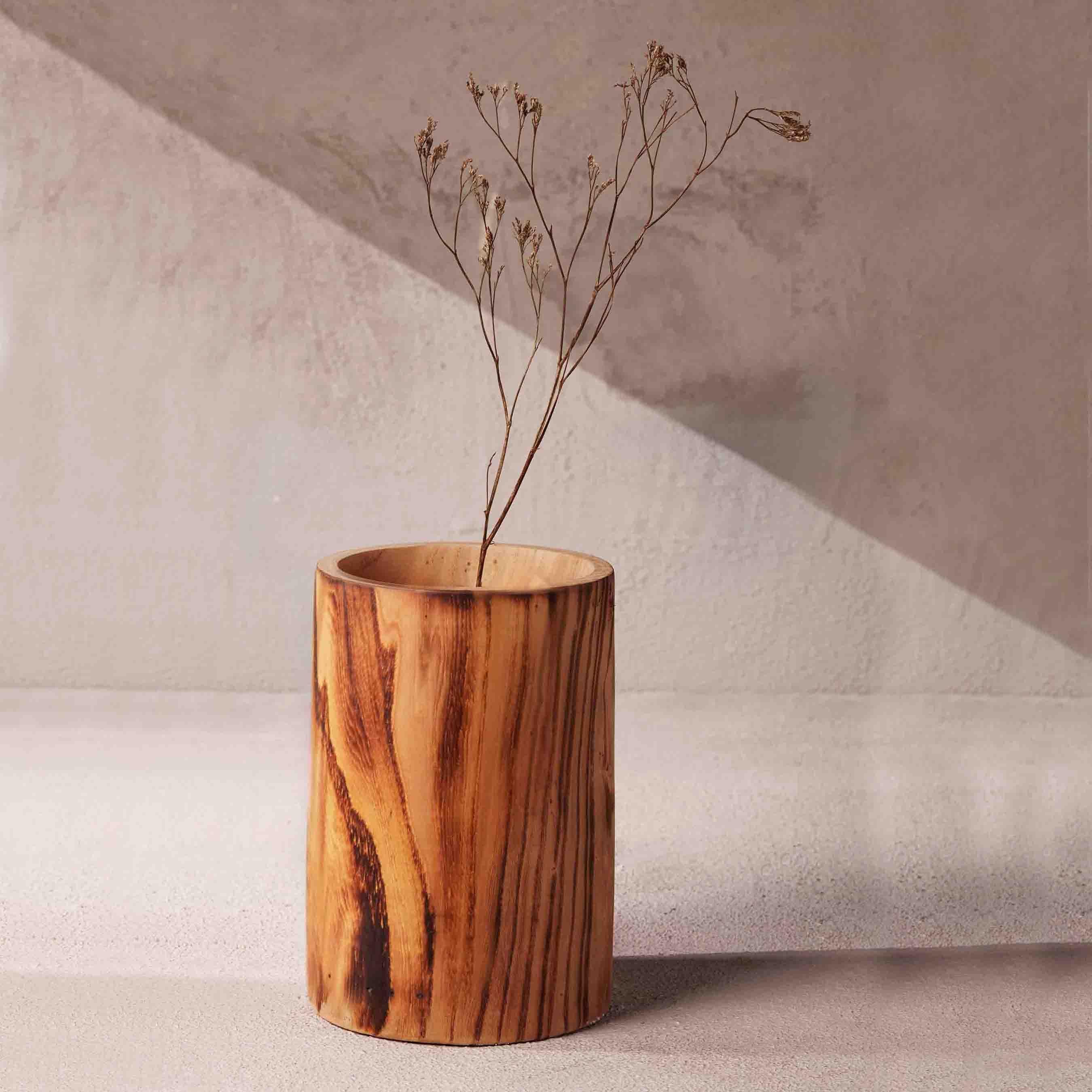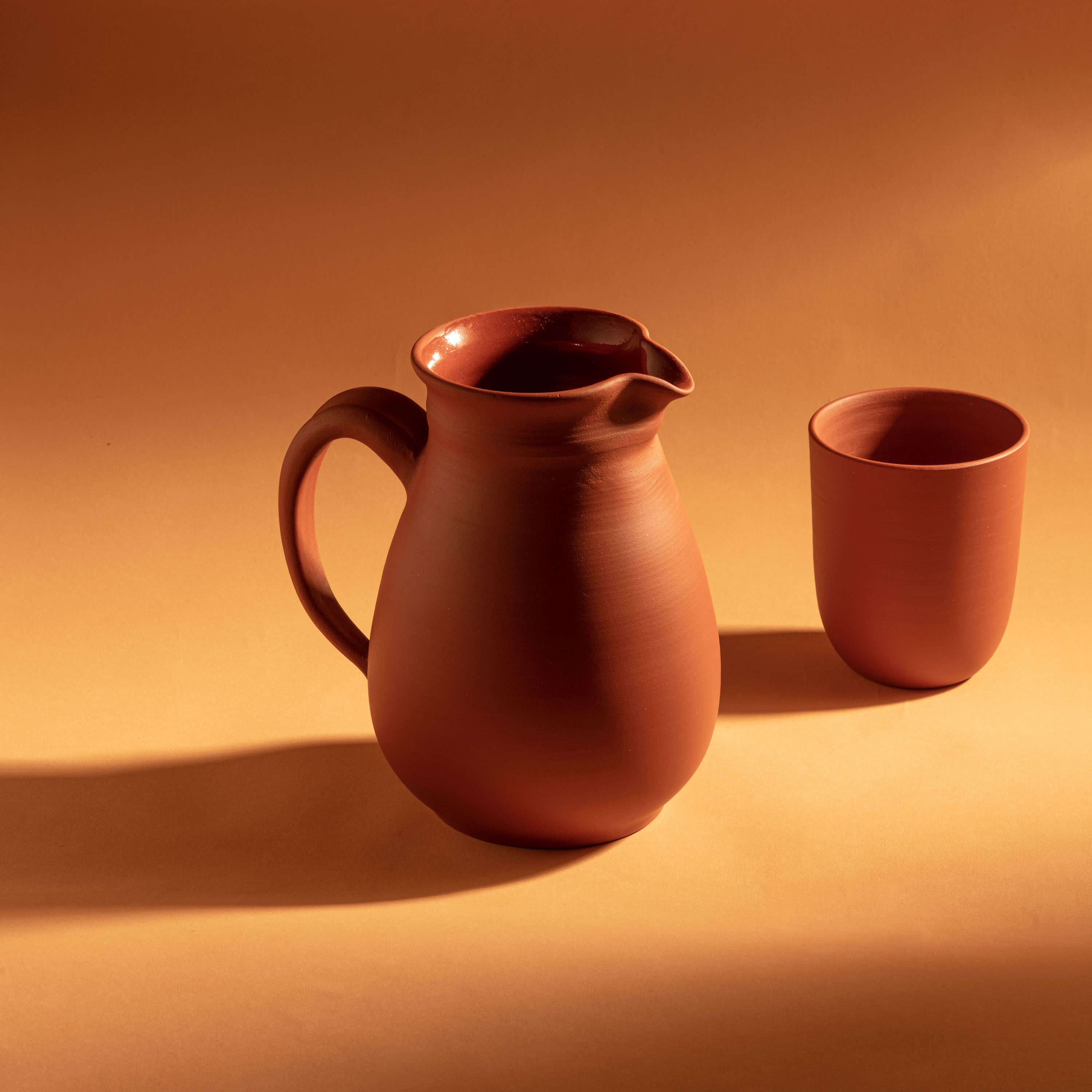ELYSIA DOR NAPKIN
A beautiful companion for your favorite meal
A beautiful companion for your favorite meal
Craft Type: Tangliya Weave
Tangalia weaving is an extra weft weaving technique much like embroidery where the pattern is inlaid in the weft and warp by hand. The bead - like inlay bejewel the final fabric. It was made in intricate patterns with wool for the skirts of women from pastoral communities. For Deva, the design and techniques of both suf and tangalia have been given a fresh treatment to take it into the lives of a more global community.
This product is handcrafted and slight variations in colours, textures and forms are to be expected.
Made in: Gujarat
Material: Kala Cotton
Dimensions (cm): 40(L) x 40(B)
Dimensions (inches): 15.8(L) x 15.8(B)
Weight: 40 grams
No. of pieces in a set: 1, One Napkin
- These textiles are primarily used by the cattle-herding communities from arid regions of India. Initially, only the Dangasia community had inherited the knowledge and skills required for the Tangalia weave. Later various communities from Gujarat and Rajasthan such as Gurjara, Maheshwari’s and Marwadas picked up this craft, each adding their own twist to it.
- Inspired by intricate patterns on woolen skirts of women from pastoral communities in Kutch, our weavers give the fabric a contemporary look that appeals to our global community.
- The essence of Tangaliya weaving is the compositions created by colorful dots, which are simultaneously stitched on both sides of the fabric.
- Tangalia weave is an extra weft weaving technique, very similar to embroidery, but more painstaking where the pattern is inlaid in the weft and warped by hand.
- This intricate process of twisting the weft while weaving creates beautiful geometric patterns and forms, resulting in a bead-like inlay that bejewels the final fabric.
DO:
- Wash each piece of fabric separately.
- Make sure to use a laundry bag while washing.
- Make sure to iron the fabric inside out.
DON'T:
- Tumble dry the fabric in the washing machine.
- Use any form of bleach or a harsh fabric cleaner.
- Description
- Process & Craft
- Care
Craft Type: Tangliya Weave
Tangalia weaving is an extra weft weaving technique much like embroidery where the pattern is inlaid in the weft and warp by hand. The bead - like inlay bejewel the final fabric. It was made in intricate patterns with wool for the skirts of women from pastoral communities. For Deva, the design and techniques of both suf and tangalia have been given a fresh treatment to take it into the lives of a more global community.
This product is handcrafted and slight variations in colours, textures and forms are to be expected.
Made in: Gujarat
Material: Kala Cotton
Dimensions (cm): 40(L) x 40(B)
Dimensions (inches): 15.8(L) x 15.8(B)
Weight: 40 grams
No. of pieces in a set: 1, One Napkin
- These textiles are primarily used by the cattle-herding communities from arid regions of India. Initially, only the Dangasia community had inherited the knowledge and skills required for the Tangalia weave. Later various communities from Gujarat and Rajasthan such as Gurjara, Maheshwari’s and Marwadas picked up this craft, each adding their own twist to it.
- Inspired by intricate patterns on woolen skirts of women from pastoral communities in Kutch, our weavers give the fabric a contemporary look that appeals to our global community.
- The essence of Tangaliya weaving is the compositions created by colorful dots, which are simultaneously stitched on both sides of the fabric.
- Tangalia weave is an extra weft weaving technique, very similar to embroidery, but more painstaking where the pattern is inlaid in the weft and warped by hand.
- This intricate process of twisting the weft while weaving creates beautiful geometric patterns and forms, resulting in a bead-like inlay that bejewels the final fabric.
DO:
- Wash each piece of fabric separately.
- Make sure to use a laundry bag while washing.
- Make sure to iron the fabric inside out.
DON'T:
- Tumble dry the fabric in the washing machine.
- Use any form of bleach or a harsh fabric cleaner.
Country of Origin: India
Manufacturer Details: Dhaiyda Sureshkumar Maganlal: Sahunagar, Adhoi, Tal. Bhachau, Kutch, Gujarat - 370001














